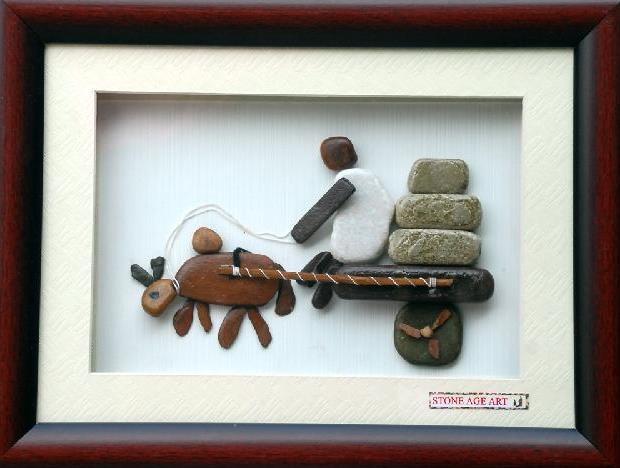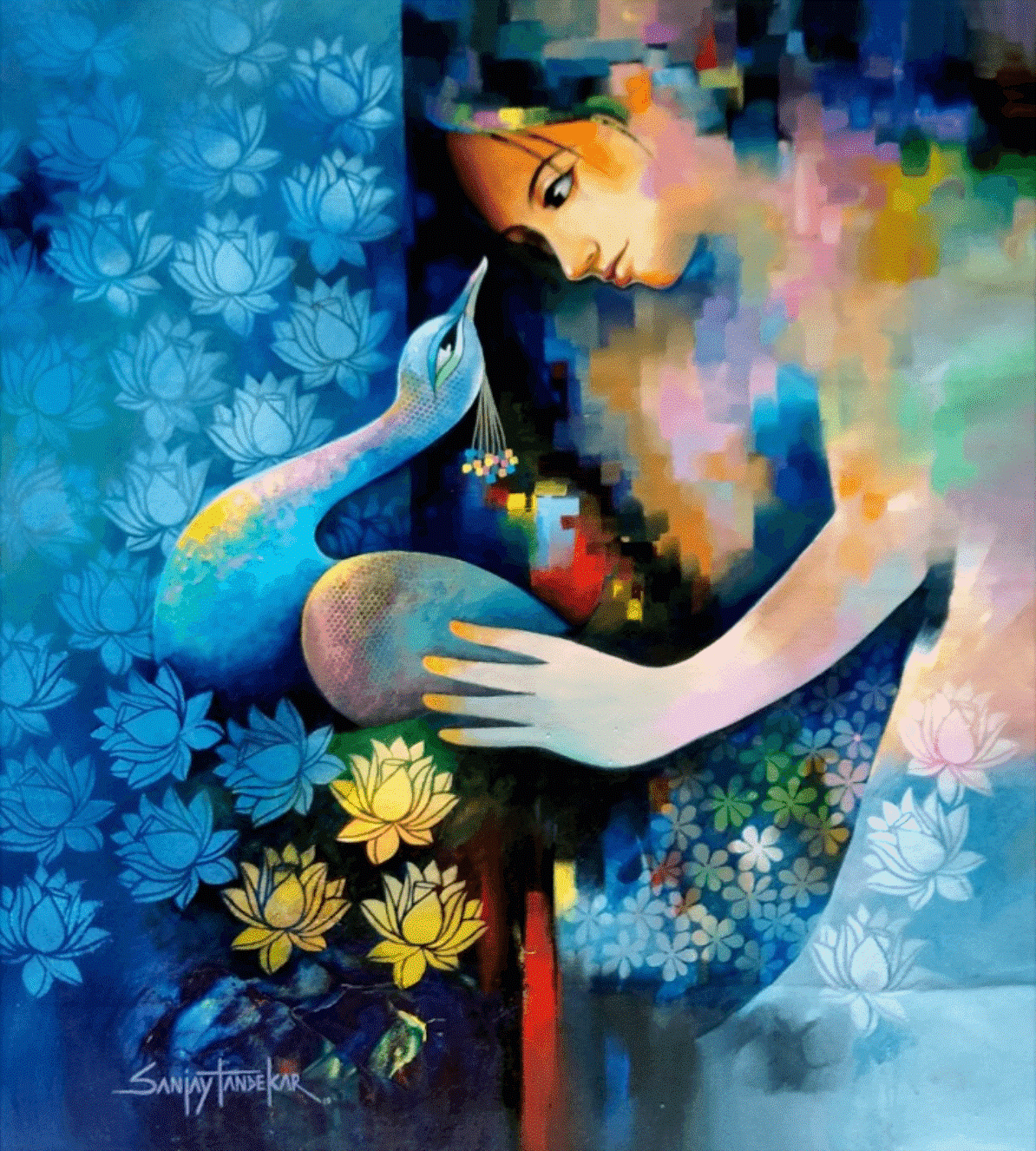Abstract art- the new baby on the block has been creating quite a stir these days. It emerged as a disruptor in the traditional art world. The themes and concepts of this form of art often bring out a question mark and a subsequent exclamatory mark on the face of the beholder. This is more so for the section of abstract sculpture, which by the way is the cherry on top for this particular brand of postmodernist art. There are a few famous abstract sculptures out there which rather seem like objects from another world and begs you to ask the most primary question of the universe- What’s on the God’s green earth is this?
Within a few decades, abstract art has taken the world by storm, the pioneering fathers of this type of art are no less than rebels. It is born out of reaction and rejection to the norms set by modernism. The foundation of this art was strong enough, which later allowed populism to help it branch out into different sub-sections of its own. Biomorphic sculptures are one such example where artists build sculptures inspired by designs and patterns of the natural world. Perhaps Isamu Noguchi, a famous abstract sculpture artist of Japanese origin is an apt example for this form of sculpture art.
Abstract sculpture, much like abstract art have elements of surrealism, cubism etc. Kinetic sculptures are another appendage of this artistic institution. Here, the kinetic energy, most of the natural world such as the wind is harnessed mechanically to create a surreal dynamic device. The resultant of this machination looks like the proverbial metaphor for a virtual synapse where art meets science. Anthony Howe and his famous 2016 Olympic cauldron give us a sense of the integral degree of complexity and the innate superior craftsmanship associated with this type of work. He is an accomplished famous abstract sculpture artist from the United States of America.
Towards the opposite spectrum of abstract art, contradicting the complexity of kinetic art lies minimalist sculptures. The concept of this kind is based on simplicity. Here, any form of complexity is trimmed off. The object is stripped of everything, down to its bare minimum leaving behind only the basics such as color, space, geometric conformation etc. The aesthetics of Japanese Zen philosophy is incorporated into this category of abstraction. The principle of Ma which symbolizes the essence of freedom and spatial openness is an innate characteristic of this form of art. One of the notable famous abstract sculpture artists of this genre is undoubtedly the Japanese minimalist architect Kazuyo Sejima.
Though young and certainly wild, abstract art is the most obscure form of art. Its ability to deviate from any established norm is its biggest asset. It allows a new approach to the artistic enterprise to come forth and provides a vast gamut of terrain to traverse in.




